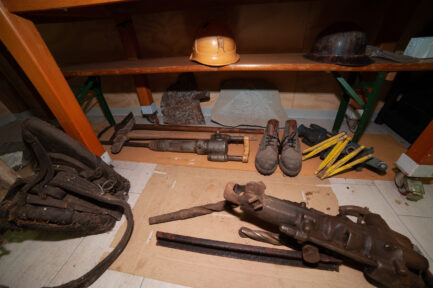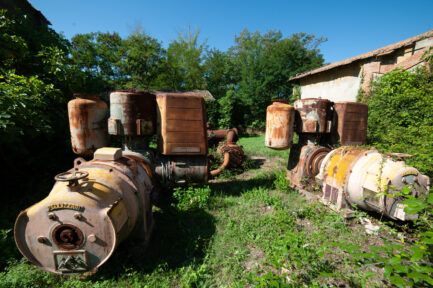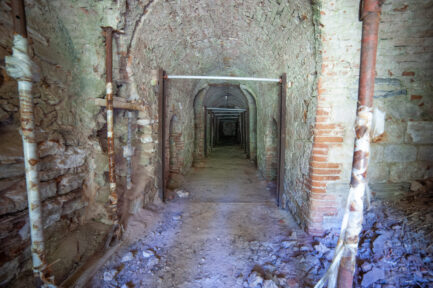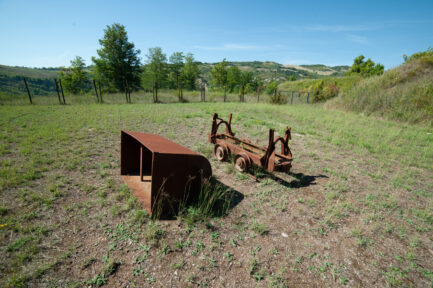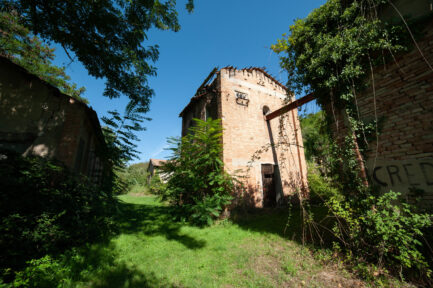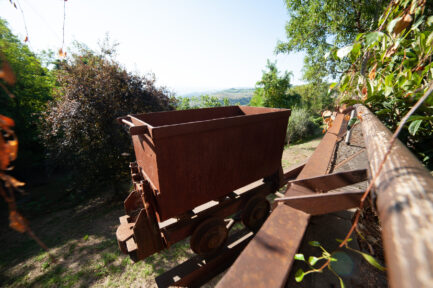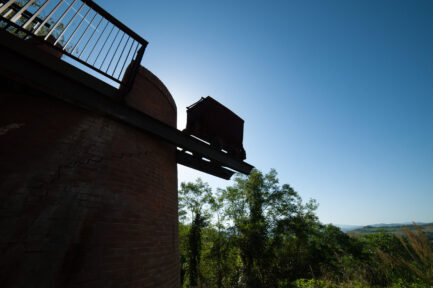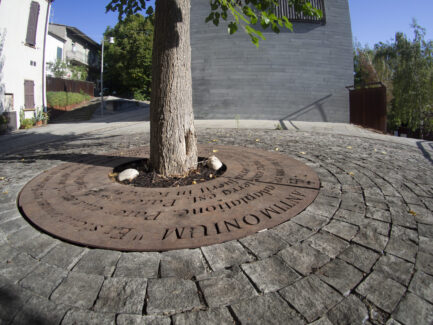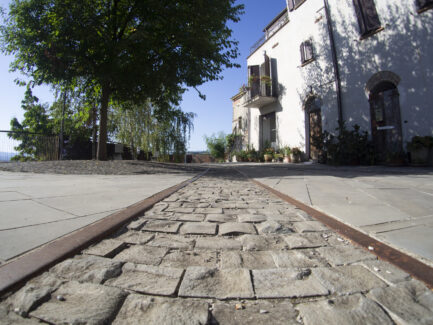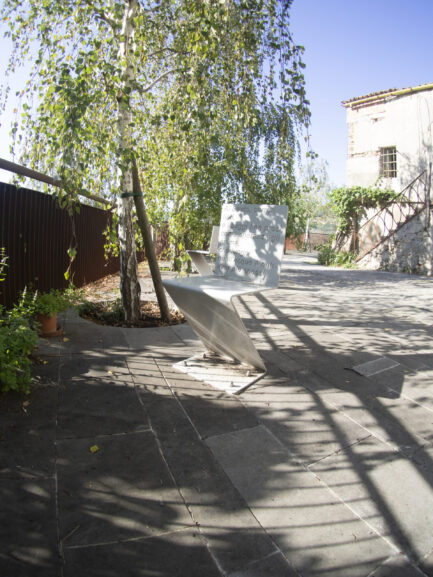Dopo l’unità d’Italia nel 1861 è di nuovo messo in discussione il principio della demanialità delle miniere; addirittura nel 1862 il ministro dell’Agricoltura ed Industria, Gioacchino Pepoli, elabora un tentativo, peraltro fallito, d’unificare la legislazione delle miniere sulla base delle leggi precedenti in atto nel Regno delle Due Sicilie ed in Toscana, che prevedevano che la proprietà delle miniere spettasse ai possidenti dei terreni sovrastanti, escludendo qualsiasi demanialità.
Un fitto carteggio, all’inizio del 1863, fra il gerente della Società, avv. Zanolini, ed il Ministero dell’Agricoltura ed Industria, insediato ancora a Torino, porta ad una serie di controlli ed ispezioni da parte del Corpo Reale delle Miniere. Notizie dettagliate dell’ing. Giordano, che relaziona il 16 marzo 1863 al ministro delle finanze Quintino Sella, sulle miniere di Busca, Formignano e Montefeltro, dà un quadro preciso e dettagliato della situazione.
Nel 1896 la Società bolognese, a seguito della persistente crisi dell’industria solfifera, è posta in liquidazione e l’attività d’estrazione va avanti con alterni tentativi di gestione cooperativa da parte di alcuni impiegati ed operai, sin quando la Società Luigi Trezza, poi divenuta Società anonima Miniere Solfuree Trezza-Albani di Romagna, ne rileva la proprietà nel 1899.
È nel 1917, durante la prima guerra mondiale, che l’ing. Guido Donegani, per conto della Società Montecatini, acquista tutte le concessioni della Società Trezza-Albani mantenendo, in sostanza, in funzione le sole miniere di Formignano e Perticara di Novafeltria.
Il 29 marzo 1919, grazie all’interessamento dell’On. Comandini e del sig. Armando Bartolini, responsabile sindacale dei minatori della Camera del Lavoro di Cesena, è raggiunto l’accordo con la Società Montecatini per fissare l’orario di lavoro in otto ore giornaliere. Negli anni 1922 e 1923, per effetto di una grave crisi dell’industria solfifera, la miniera di Formignano è momentaneamente chiusa e così come, per un breve periodo, durante il secondo conflitto mondiale.
Agli inizi del secolo vi sono in attività 44 forni Gill, 2 calcheroni ed un doppione per la fusione dello zolfo oltre a una teleferica, di circa 1 km, che dalla Busca trasporta il materiale nella località Aie di Formignano.
Negli anni 1953-54 la Montecatini, nel tentativo d’esplorare una vasta zona apre un pozzo (nuovo pozzo Montemauro), in località Tessello, situato a poco più di 3 km verso nord-ovest dal piede della discenderia d’estrazione di Formignano. Anche questo tentativo non dà grossi risultati in quanto lo strato, di mt. 0,60, risulta debole e di poca consistenza.
La chiusura definitiva della miniera è sancita nel 1962 per esaurimento o, più precisamente, perché la lavorazione, a causa dell’impoverimento dello strato solfifero e della gran profondità raggiunta, è divenuta antieconomica. La produzione di zolfo grezzo è stimabile, nel periodo dal 1861 al 1962, in 409.000 tonnellate, con una media di 250 operai ed un picco di 441 nel 1910.
Rielaborazione di testi e informazioni da www.miniereromagna.it

